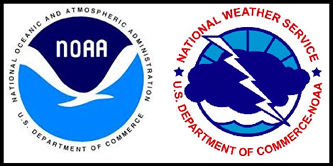RSS feed source: US National Weather Service
Job Description Summary
Assistant/Associate Professor (tenure-track) position for its growing engineering programs, including Mechanical and Smart Manufacturing, to teach undergraduate and graduate level engineering courses; advise students; maintain an active research agenda and provide service to the department and university. The start date is August 2026.
Job Description
Minimum Qualifications:
Required: Ph.D. in Mechanical, Manufacturing, Mechatronics, Industrial and Systems Engineering, or a closely related field by date of appointment (ABDs may apply, but the doctorate must be completed by the date of appointment). for appointment as Assistant Professor. Appointment to the rank of Associate Professor must also have an established record of high-quality teaching and a record of research funding.
Consideration may be given to candidates with research activities in i) artificial intelligence (AI) and data-driven design, ii) Digital twins for manufacturing, iii) Modelling, design, and simulations (CAD/CAM/CAE, NX, etc.) of mechanical and manufacturing
Click this link to continue reading the article on the source website.

